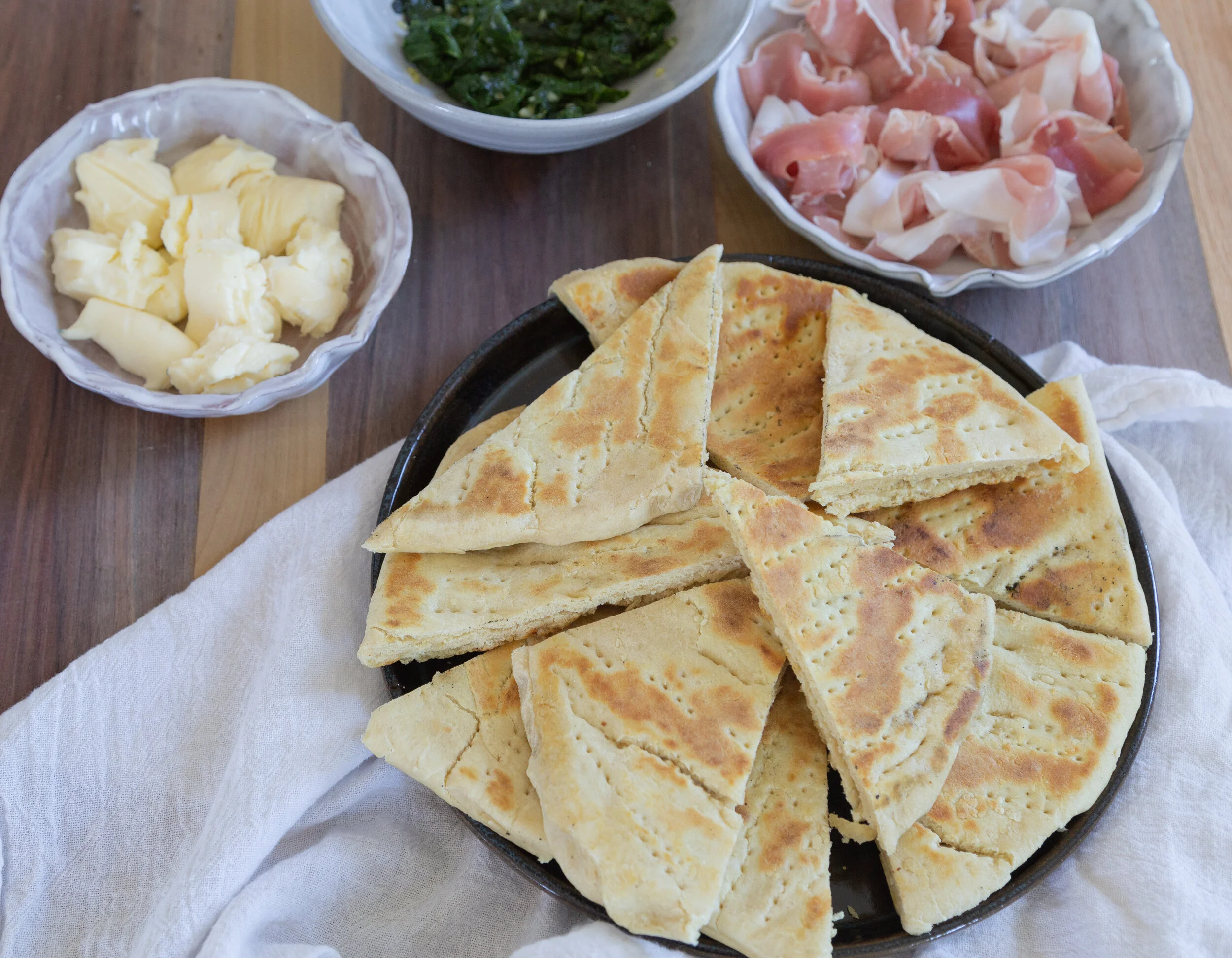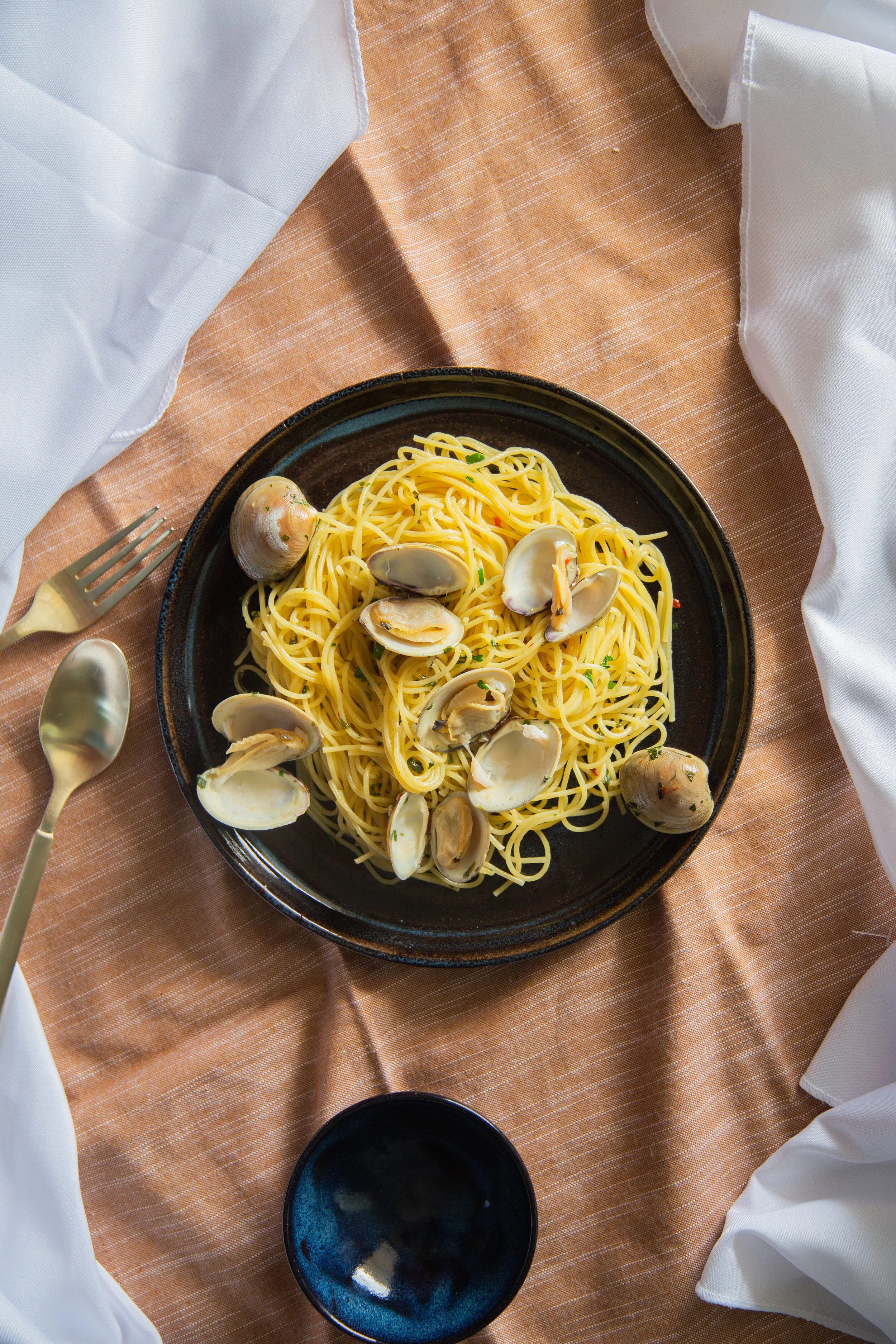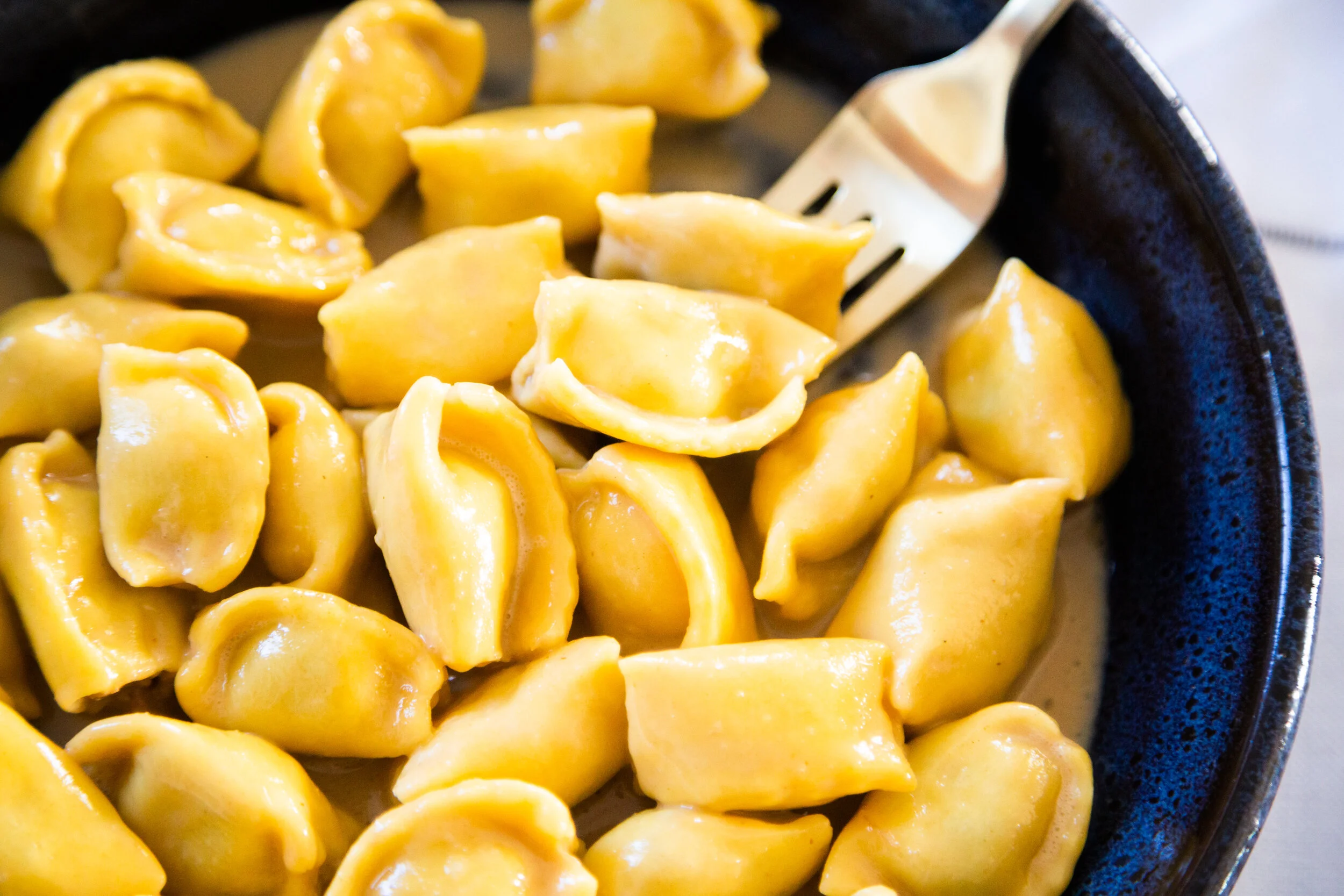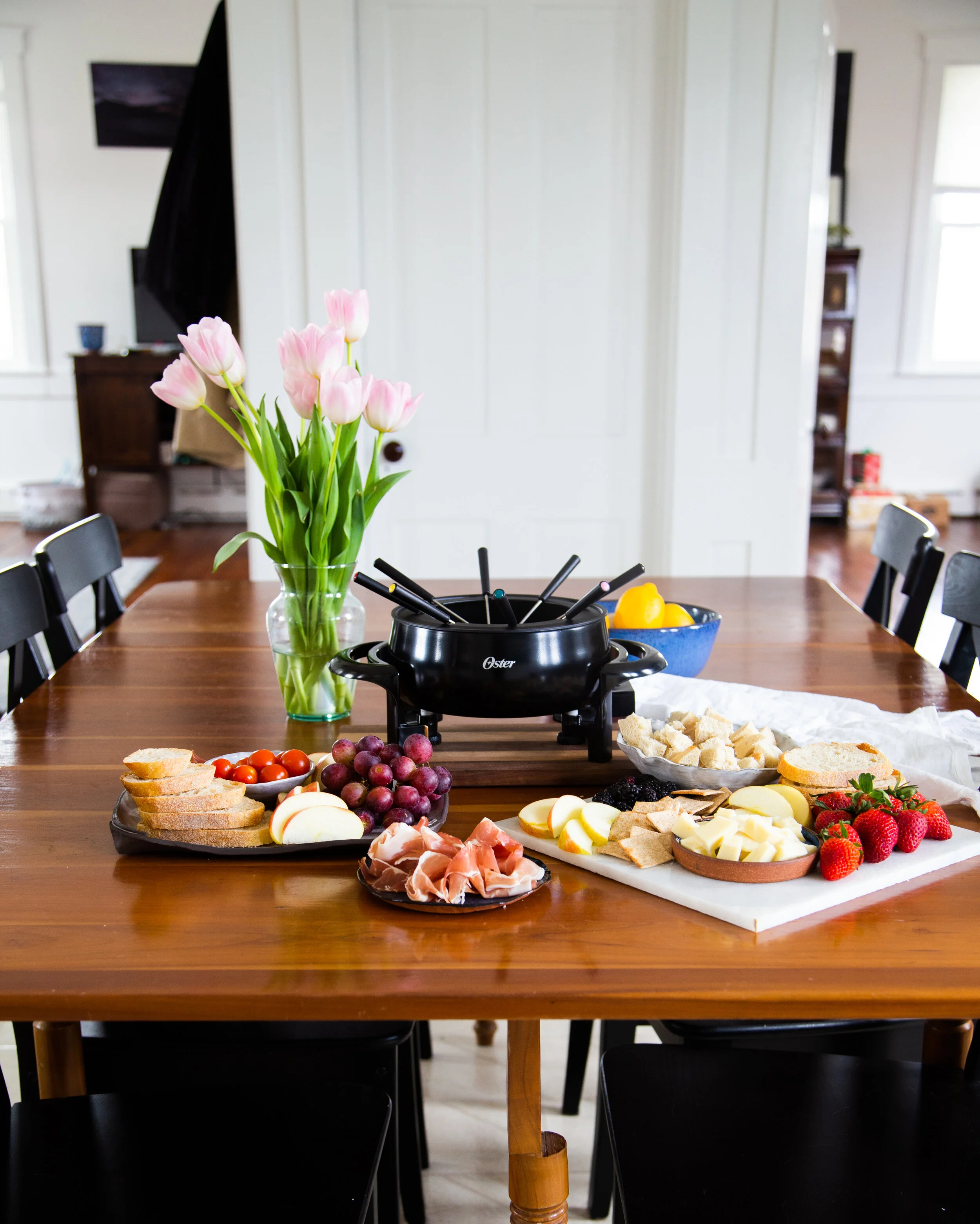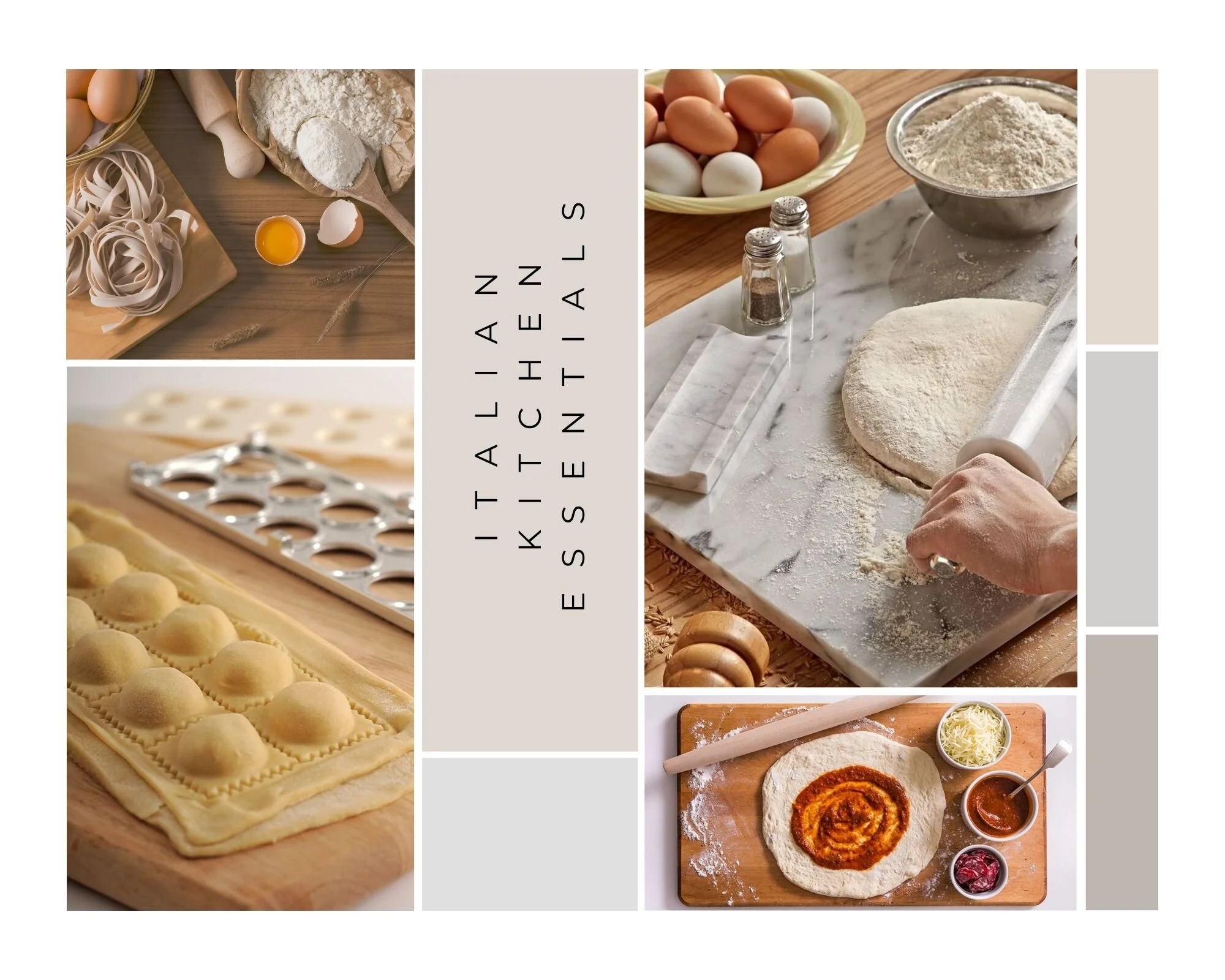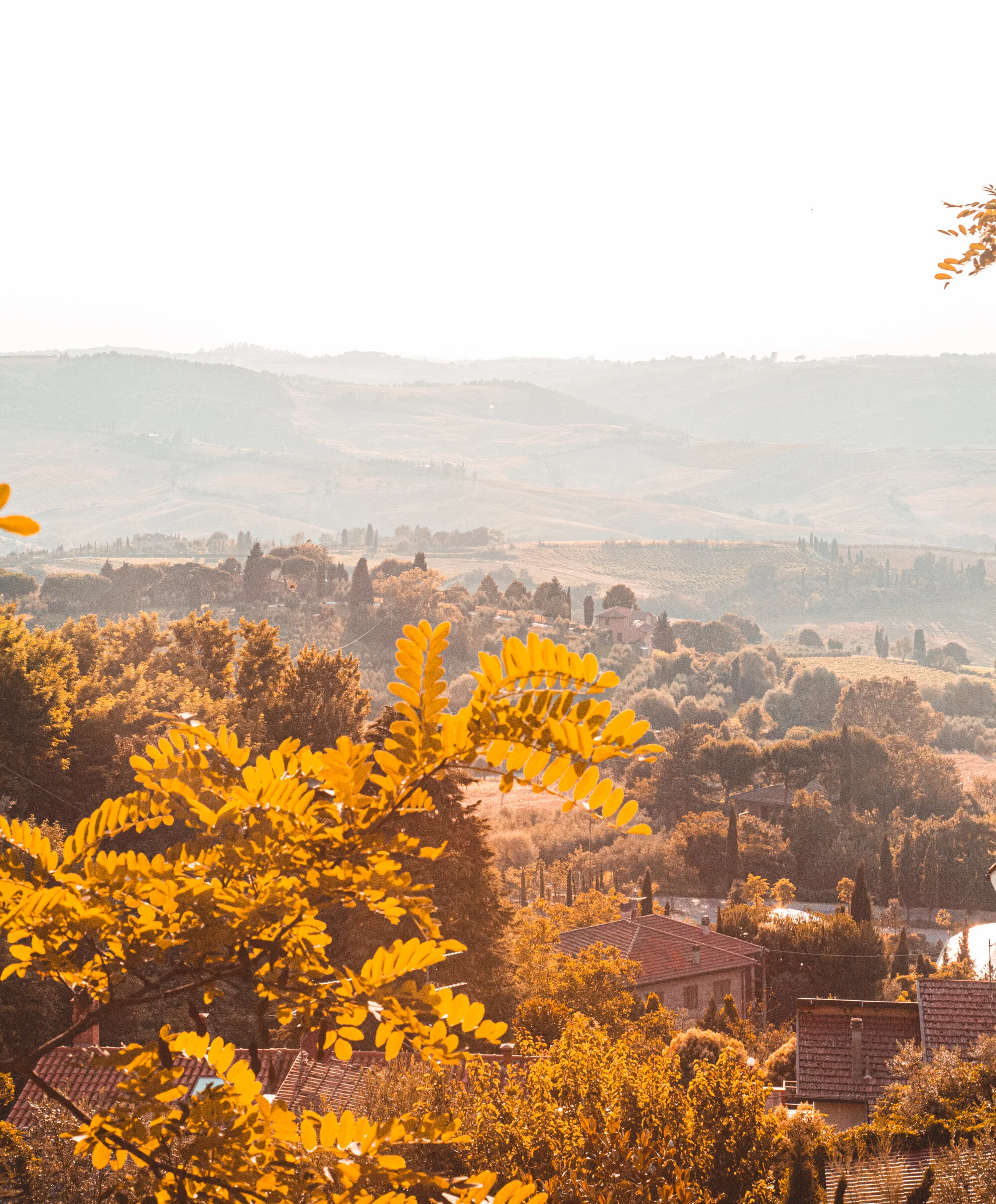Pampanella: Italy's Hot Paprika Roasted Pork
Hot, sweet, smokey, spicy, roasted and oh so addictive. That’s Pampanella. This extremely popular dish from Italy’s Molise region uses hot and sweet paprika to create one of the best “undiscovered” Italian snacks possible. I’m going to say it, pampanella is an untouched gem of a dish. You won’t find it on every Roman street corner and Tuscan ristorante… it’s Molise’s very own classic. But the smell of these fire-y roasted pork cuts wafting around the kitchen is enough to drive any foodie wild. And let me tell you, my fellow spice-lovers, this dish is right up our alley!
Pampanella Unpacked
Molise… Italy’s youngest and second smallest region of Italy. Until 1963, Molise was a part of the Abruzzo region. Despite its’ unknown status, Molise has quite the culinary tradition. One of their highlights being the absolutely savory and addictive pampanella.
Pampanella’s name comes from the leaves that once covered the pork to keep the meat’s moisture and epic red color retained. These "pàmpini” leaves are also known as grape leaves! As time goes on, these leaves were replaced by oven safe parchment paper. If you’re' a real traditionalist… I say go for covering your meat with these leaves if you have them available!
Pampanella itself is a simple recipe. A mixture of sweet and hot paprika, garlic, sea salt and a splash of white wine vinegar. Simple, clean, freaking delicious. This slow cooked pork can be eaten as a main course, a zippy snack, stuffed inside of bread as a sandwich filling, chopped to make filling for raviolis and so much more. Served hot, warm, cold… whatever way you choose to have pampanella is a win in my book!
Now, despite my best efforts in attempting to research the dish’s history… pampanella’s legacy isn’t a clear one! (Shoutout to my favorite Italian foodie queen herself Tina from Tina’s Table for all of her research on this!) Some historians claim that Pampanella Molisana (it’s formal name) originated in the later half of the 1800’s when the sweet and spicy peppers to make the rub were shipped in from the Americas. Texts also feature pampanella’s cooking recipe in Pugliese texts written by Franciscan monks around this time.
Molise locals will tell you that the pork dish originates in San Martino in Pensilis, and that’s where the best recipes come from even today! If you find yourself in the region in August, be sure to check out the town’s pampanella sagra (festival), where chariot races are run even to this day.
Let’s Talk Spice
For the spicy-seeking foodie, this recipe is exactly for you. Keep in mind that the recipe uses hot and sweet paprika spices. Don’t skimp on these. Do not cut any corners on your spices. Do not settle for flavorless, outdated, run-of-the-mill paprika for this recipe. I ordered mine off of Spice House and they’re fantastic!
P.S. Ground paprika is not the original spice used to create the spicy component dish… but it’s an excellent substitute. Diavolillo peppers are typically used in Molise and is the cousin to the cayenne or paprika we use here outside of Italy!
For the spice fanatic, feel free to use a 50/50 hot and sweet paprika spices. To make the general public of my readers happy, I opted for a more balanced 3/4 sweet to 1/4 hot option (just like Tina did in her recipe!) It’s the perfect zippy, spiciness without burning your lips off! However, experiment with your spice combinations and do what works for you!
Pampanella
Pampanella
2-3 lbs mixed pork cuts (bone-in pork loin, shoulder, belly ribs etc.)
1/4 cup hot ground paprika
3/4 cup sweet paprika (not smoked)
sea salt
granulated garlic
white wine vinegar
Region: MOLISE
Prep your pork! If you’re using a pork loin, cut your meat into 3/4 inch slices to the bone. Do the same for any other cut of meat you are opting for. Ribs can also be cut down to be separated too!
Fill your meat snuggly into a casserole dish. Sprinkle with sea salt and granulated garlic on all sides of your meat.
Combine your paprikas together and taste. Adjust to your preferred level of spice.
Cover every nook and cranny of your pork with your paprika rub. When I say cover everything, I mean it! Shake off any excess and cover again!
Cover and marinate for at least 3 hours, or even better, overnight.
Preheat the oven to 350 F.
Take a large piece of parchment paper and soak it in water. Squeeze out the water and cover the meat entirely with the paper. Be sure to tuck in all the meat… almost like you’re tucking a child into bed!
Cover your dish with aluminum foil and bake for 1 hour and 50 minutes.
Take your pork out of the oven and lightly sprinkle the top with white wine vinegar.
Cover and cook again for 10 minutes.
Serve up whatever way you like it! ENJOY!










